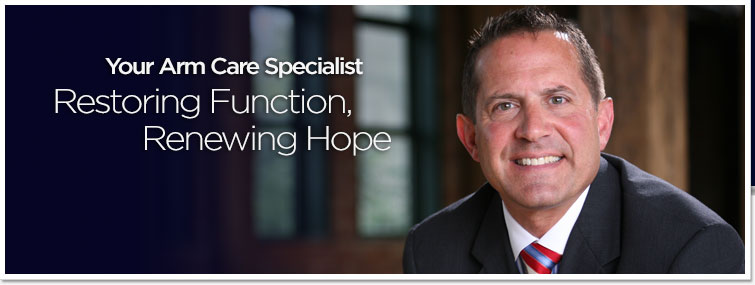NOTICE:
Our Practice has MOVED
Our new location is:
Suite 405
1815 South Clinton Ave
Rochester, NY, 14618.
The NEW phone number is 585-565-3500
Our Practice has MOVED
Our new location is:
Suite 405
1815 South Clinton Ave
Rochester, NY, 14618.
The NEW phone number is 585-565-3500

For appointments call
585.565.3500
Fax Number:
585.434.4081
585.565.3500
Fax Number:
585.434.4081

Stuffing the Channel: Make sure you are not an unknowing victim
February 22nd, 2016
Channel Stuffing by a company refers to the practice of artificially inflating current sales and earnings by shipping more goods than would normally be ordered. For example, an appliance manufacturer may inflate revenues and earnings in the current accounting period by shipping to retail stores more refrigerators, stoves, and dishwashers than the stores are likely to sell. The company makes these sales on credit, which temporarily boosts its accounts receivable and by extension its current assets. This makes the company look healthier than it really is which can raise its stock price. Eventually, when the distributors are unable to sell the product, they return it to the company instead of paying, or they reduce future orders, both of which reduce future sales, which brings the company's balance sheet in line with reality. The practice of channel stuffing borrows revenues and earnings from the future ----so that a company can “book” more earnings today. How might this be relevant to you, as a patient---in the context of visiting an Orthopaedic Surgeon for a problem? Well, let me tell you about a patient I saw recently.
She is 49 and for the past 3 months has started to have shoulder pain doing the “downward dog” in Yoga. She also has pain lifting her arm to put a coat on or to put dishes in the cupboard. She has had no injury in the past, and she has had no treatment. She is referred to an Orthopaedic Surgeon who, after the first visit, orders an MRI. On the second visit she returns and the MRI is reviewed. It shows “supraspinatus tendonosis with an undersurface partial tear.” She is told that she should have an arthroscopic surgical procedure to fix the tear, and that it is far better to do that now than to wait for it to get worse and then potentially have the procedure when she is 10 years older.
What’s wrong with that advice?------Well—it’s essentially a treatment strategy that ignores the role of conservative treatment in favor of surgery now. It’s essentially “stuffing the channel” for the Surgeon, albeit a bit different. “Pay me more now---since surgery pays more than conservative care”---because, well----it’s better for me, your surgeon.
The problem with this is that this patient may get better with a course of physical therapy and a cortisone shot---and in the final analysis, the “cost to the patient” is far less to achieve a good outcome, both in real dollars as well as in the morbidity potentially associated with surgery---time out of work, need for pain medicine for a while, longer recovery etc.
This particular patient had full range of motion, excellent strength, no history of trauma, and no other functional limitation-----just pain. She is the very patient who can respond to conservative treatment---and if not----surgery remains an option down the road, without any downside associated with the time in between.
So----interestingly for me who has not encountered the “Stuffing the Channels” lingo since I received my MBA in 2002, it appears to be a potential strategy in “my world” to reap a gain today as opposed to in the future. As a patient, you should beware of a rush to surgery by your orthopaedic surgeon, so that you are not an unknowing victim of “stuffing the channel.”
Replies
No replies!



